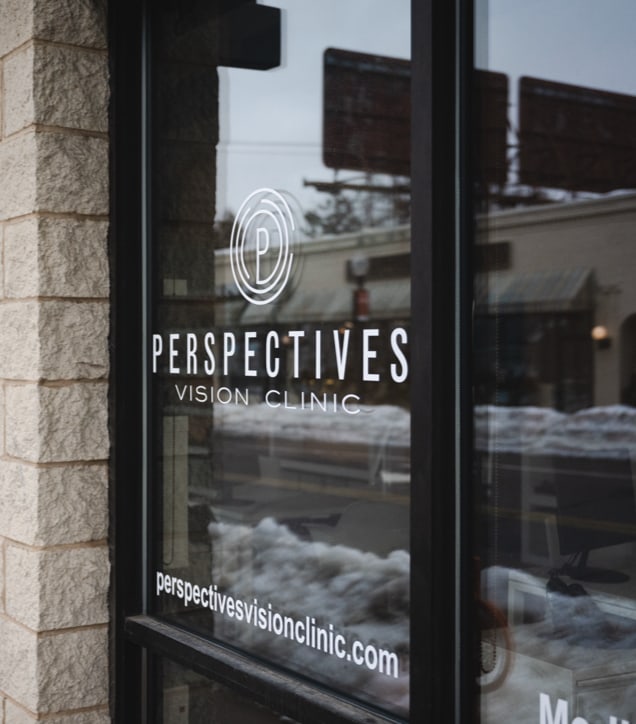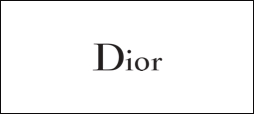It can be difficult to recognize the signs that your child is dealing with a particular vision issue when they are young. At Perspective Vision Clinic, our eye doctors can perform a comprehensive eye exam on your child to garner an accurate diagnosis of your child’s visual issues and recommend an effective treatment method for their unique needs. Book an appointment with us to ensure your child’s eyes stay healthy.
Excessive Eye Rubbing
If your child is constantly rubbing their eyes, it can be a sign of an eye disease or a refractive issue. Certain eye diseases may make your child’s eyes feel itchy or irritated, causing your child to rub their eyes excessively — to get your child properly diagnosed and treated, book an appointment at Perspectives Vision Clinic.
Excessive eye rubbing can also indicate the presence of astigmatism, myopia, or hyperopia. Your child’s eyes may be working too hard when viewing things at different distances, and they may begin rubbing their eyes to find relief from the fatigue. To receive a prescription that can help correct your child’s refractive issues visit Perspectives Vision Clinic for a comprehensive eye exam.
Excessive Tearing
If your child is tearing up more than they regularly do, it may indicate that they are having vision issues — fatigue, infection, and external damage to the eye can all lead to excessive tearing. This issue can also stem from blocked tear ducts. If your child is tearing up at an excessive rate, it is important to take them to a comprehensive eye exam so an eye doctor can accurately diagnose the specific issue your child is dealing with and recommend the most effective treatment method for their needs.
Excessive Blinking
Excessive blinking is typically not too worrisome, but in severe examples, it may indicate the presence of a neurological problem or a few different vision issues. Cornea problems and uncorrected refractive issues are usually the cause of excessive blinking, but habitual tics and syndromes like Tourettes can also affect the rate that your child blinks.
Eye Turning
Eye turning occurs when one eye does not properly focus and look at an object while your other eye does — this can make your eyes look “crossed.” Eye turning can indicate that your child is dealing with strabismus — if it is left untreated, it can lead to developing a lazy eye. Strabismus usually develops in infants and young children (typically by the age of 3) and can be caused by hereditary influence, untreated hyperopia, and other medical conditions.
Having Problems Focusing at Certain Distances
This is the easiest sign to recognize that your child is dealing with some sort of refractive issue. If they are dealing with myopia, they will not be able to focus on objects that are far away; conversely, if your child is dealing with hyperopia, they will not be able to focus on things close to them. If your child has difficulty focusing at different distances or scenarios, it may indicate that they are dealing with astigmatism.
Squinting Their Eyes & Tilting Their Head
If you find your child is often squinting or tilting their head when they are looking at things far away, it may be a sign that they have myopia. Through myopia control methods, the eye doctors at Perspectives Vision Clinic are equipped to help diagnose and correct your child’s issues with myopia.
Using a Finger to Read or Losing Their Place While Reading
If your child is past the appropriate age to use their finger to help them read and they still have to use this method to stay on track while reading, it may be an indication that they have amblyopia (lazy eye). Astigmatism and strabismus can also be the cause of your child losing their place while reading. If your child cannot make sense of what is on a page of text, or they describe letters as looking distorted or blurry when reading, you may want to consider taking them in for a comprehensive eye exam.
Covering One of Their Eyes to See Better
If your child covers one eye to see, it is usually because they see out of one eye better compared to the other — this discrepancy in visual ability can be caused by amblyopia or astigmatism present in one eye. If your child covers one eye to see better but you are unsure of how severe the issue is, visit Perspectives Vision Clinic for an eye exam with your child — one of our eye doctors will perform vision tests where each eye is covered individually so an accurate diagnosis can be reached.

Poor Performance in School
If your child is performing poorly in school or expresses that they have difficulty seeing important information in class, it may indicate that they have a vision issue. If they cannot see what is being written on a whiteboard, it can be a sign that your child has myopia or is possibly colorblind. Ask their teacher to seat your child closer to the front of the room if you think your child is myopic, or ask if their teacher can use a different color of pen when they write on the whiteboard if you think your child is colorblind.
Sensitivity to Light & Recurring Headaches
This issue may arise due to your child being photophobic (extreme sensitivity to light). Special eyeglass or sunglass lenses may be beneficial for your child as they can help reduce the severity of their sensitivity to light and help them avoid headaches when spending time outside.










